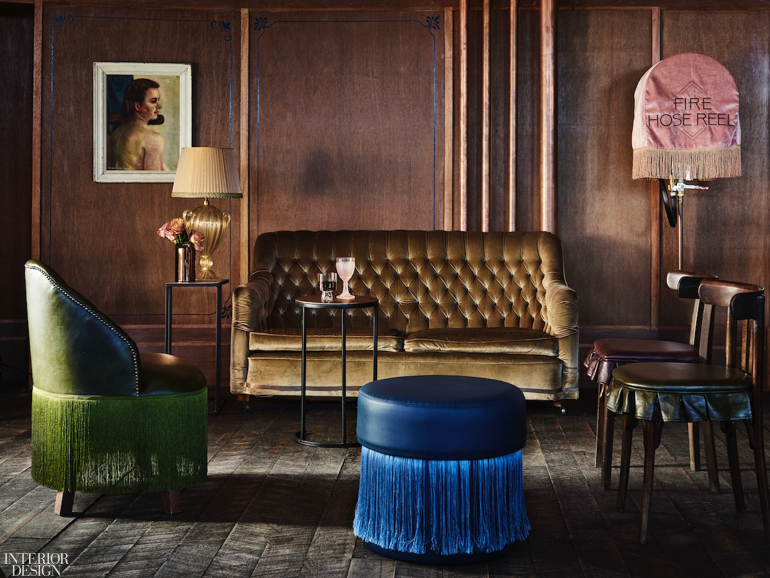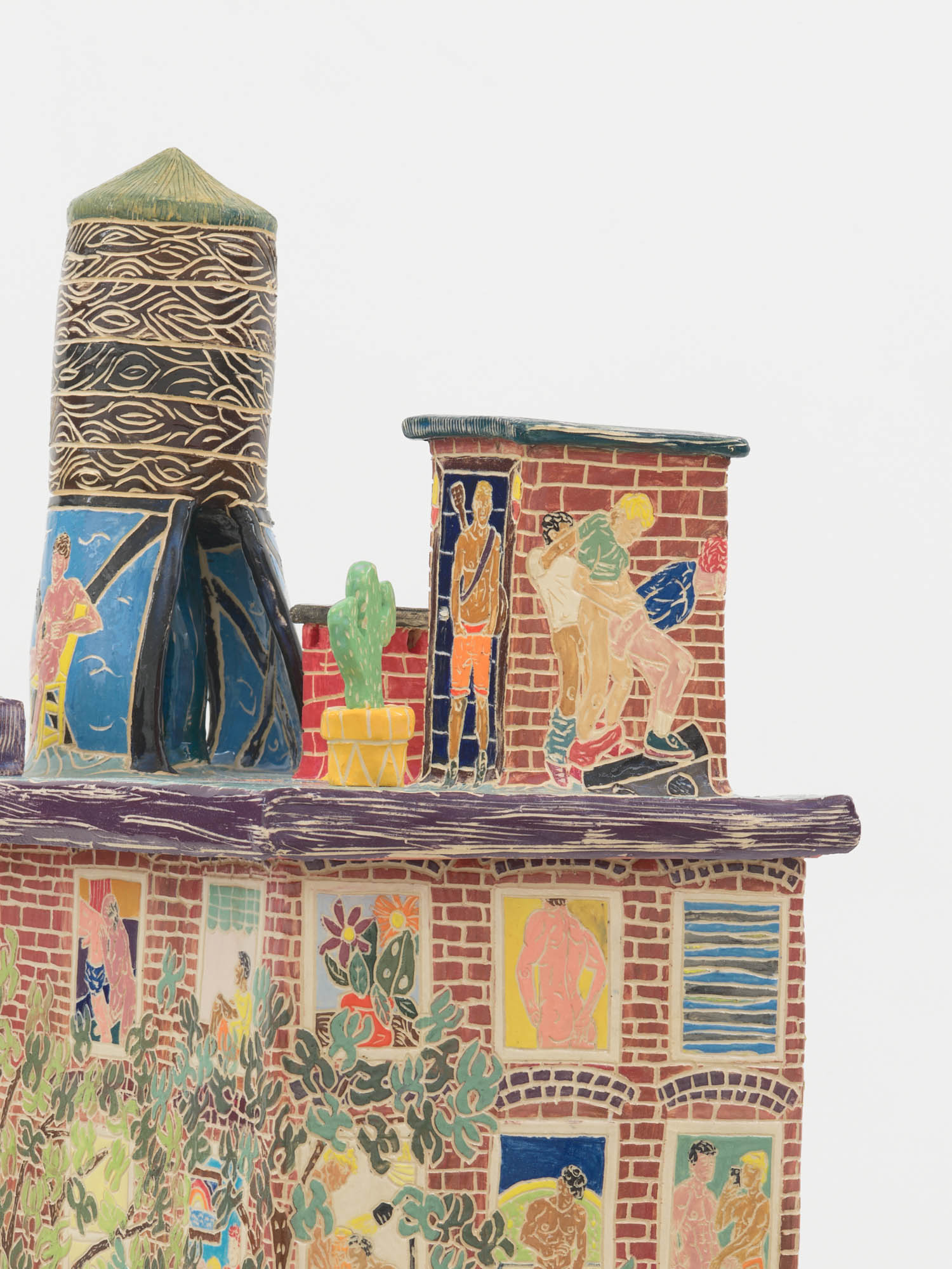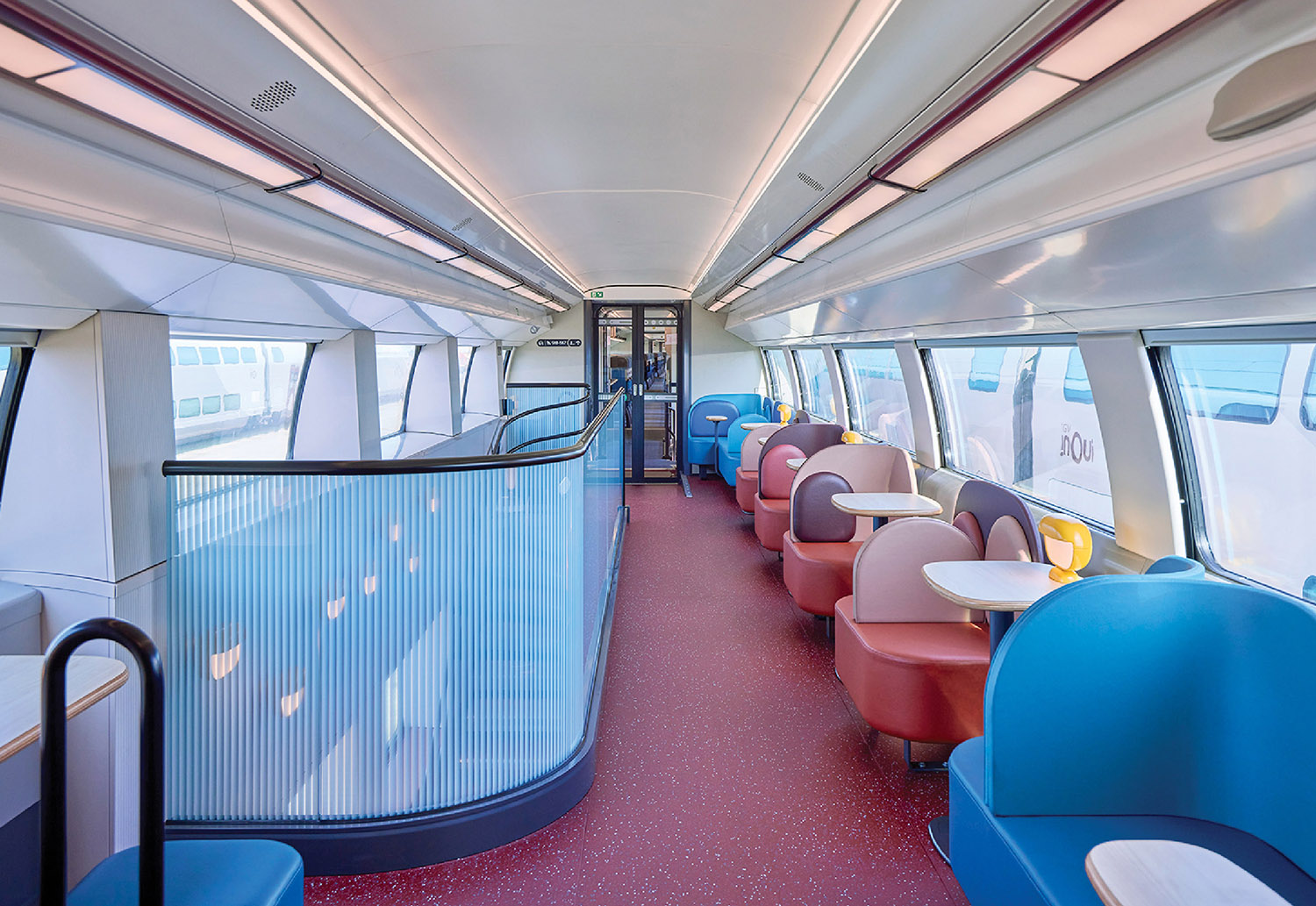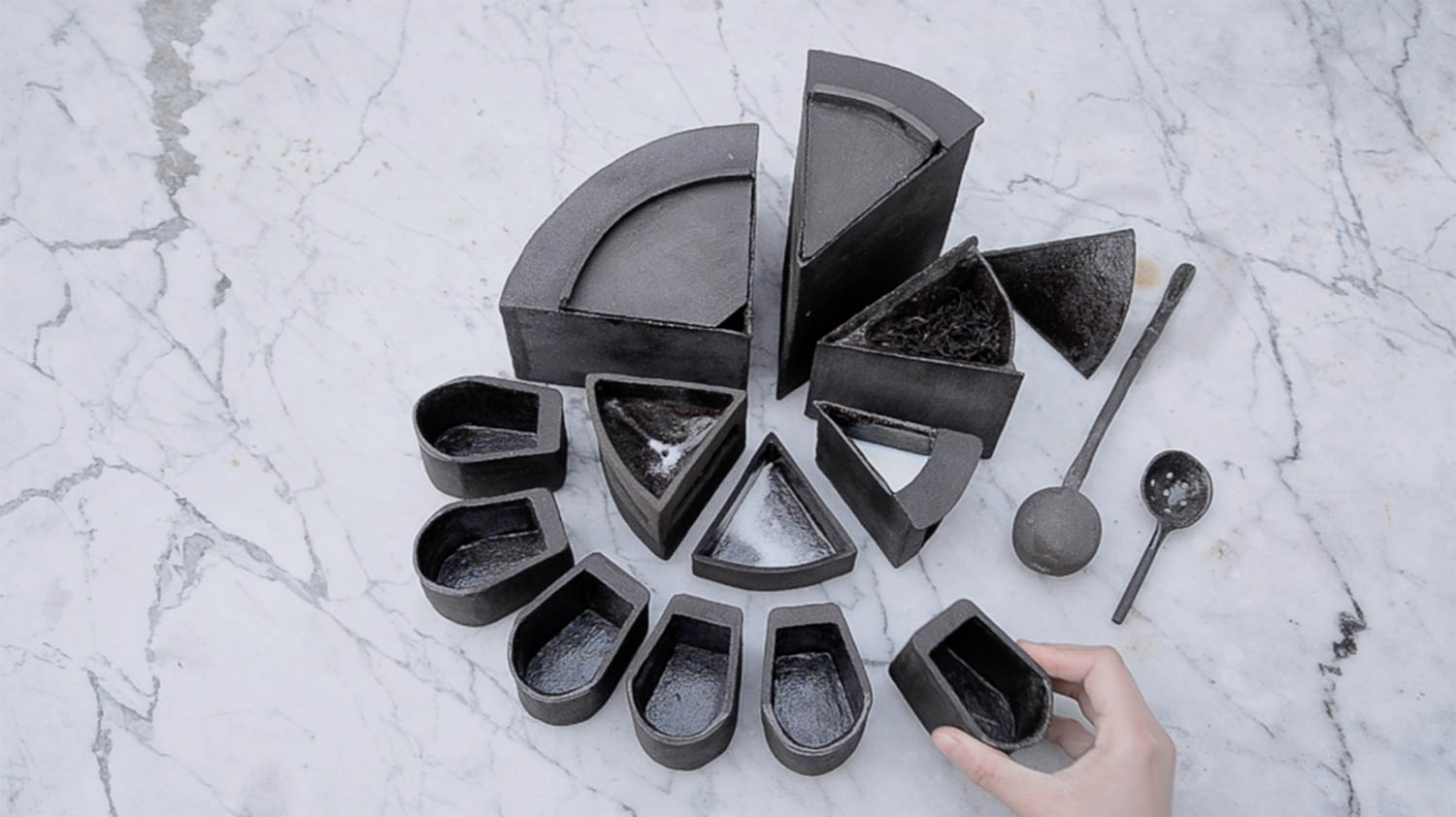10 Questions With… Alexander & Co. Founder Jeremy Bull
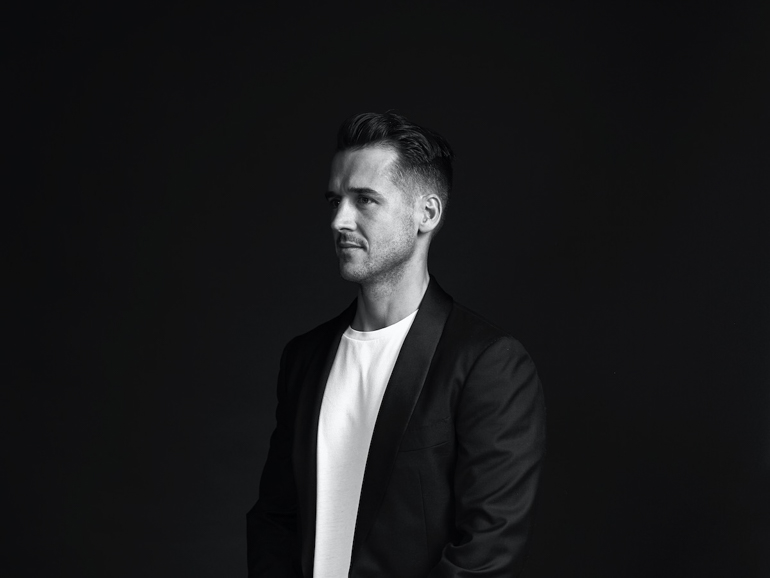 “Those initial discussions can be inspired by really esoteric cultural reference points which don’t have much to do with architecture,” reveals Australian architect Jeremy Bull on his creative process. Bull founded Alexander & Co. in 2011. Today, along with his team of over 20, he works out of Sydney on a wide range of residential and hospitality projects—those dialed in to Sydney’s nightlife would recognize entertainment venue The Imperial Erskineville (including the restaurant there, Priscillas) and bar Tilly May’s. Equally lively are The Tropic restaurant at Burleigh Pavilion, in Burleigh Heads, Australia and a ground floor sports bar, gaming facilities, and dining hall at the Woolwich Pier Hotel in Woolwich, Australia.
“Those initial discussions can be inspired by really esoteric cultural reference points which don’t have much to do with architecture,” reveals Australian architect Jeremy Bull on his creative process. Bull founded Alexander & Co. in 2011. Today, along with his team of over 20, he works out of Sydney on a wide range of residential and hospitality projects—those dialed in to Sydney’s nightlife would recognize entertainment venue The Imperial Erskineville (including the restaurant there, Priscillas) and bar Tilly May’s. Equally lively are The Tropic restaurant at Burleigh Pavilion, in Burleigh Heads, Australia and a ground floor sports bar, gaming facilities, and dining hall at the Woolwich Pier Hotel in Woolwich, Australia.
While the majority of Alexander & Co.’s completed projects are in Australia, the firm ventured into Dubai in 2017. A contemporary brasserie, The Loft (formerly called Sean Connolly) is the first restaurant at performing arts center Dubai Opera.
More recently, the firm completed restaurant and bar Glorietta and a flagship for coffee company Will & Co, both in Sydney. Interior Design sat down with Bull to hear more about the end of white table cloths in Sydney, a resin coffee counter inspired by American artist Rachel Whiteread, and what he consider’s the best black fountain pen.
Interior Design: What was your overall design goal for Glorietta?
Jeremy Bull: Glorietta is a restaurant flagship within what is a big civic volume, the commercial foyer of a tower by Skidmore, Owings & Merrill. The impression of the raw space was very large and metallic—through a glass curtain wall you could see these massive exposed structural steel trusses wrapped in metal paneling.
We sought to overlay a narrative that was much more personal, with a different level of detail and intimacy. Materials, lighting—which drops down low from that ceiling—and furniture organized on various different floors finishes accomplishes this. Traditional Indonesian furniture makers wove rattan into an abstract rattan cloud-scape on the ceiling, while a flock of birds are actually winged and suspended metal lights. Furniture settings, specific to each area, are unique and varied. So if you’re sitting at a table, that chair might be one of only five or six within that venue for that table. This makes the venue feel less generic.

ID: How do you think this project stands out in a competitive hospitality market?
JB: Hospitality has softened its need for prestige in Sydney, and interiors have become more for the people. White table cloths are all but gone, replaced by high quality food served in more personal and robust surroundings. We have seen the need for venue design to become less self-obsessed—the storytelling needs to be genuine, but the detailing needn’t be so tightly wound. Glorietta, for example, is a very simple story, uncomplicated yet materially interesting.

ID: What else have you completed recently?
JB: A brand activation for coffee company Will & Co, including a flagship in the Bondi Beach area of Sydney. Will & Co is a very cool coffee company—they’ve also got a location in Los Angeles—and we completed a hybrid space that is not quite cafe, not quite training facility, and not quite office. Our aim was a fit-out which progressed the brand from a cool, but still fairly bricks-and-mortar sort of coffee store, to something with a more innovative persona.
Inspired by American artist Rachel Whiteread, who did a series of cast resin doors, we built a custom coffee counter on a steel frame out of various colors of resin. Will & CO is a kind of startup brand which talks to the startup hustle—and we loved the idea of all those tech startups starting offices in garages on a kind of door, flipping a door on a couple of trusses and using that as the first desk. We’re also really interested in dichromatic glass, or glass which changes color depending on which angle you’re at. With this counter, you can see the colored light shining through the coffee.
We also recently completed a significant renovation of a four-story, 1950s waterfront house in Sydney’s Watsons Bay. We did the two upper floors and built out the basement space, using only some of the existing masonry.
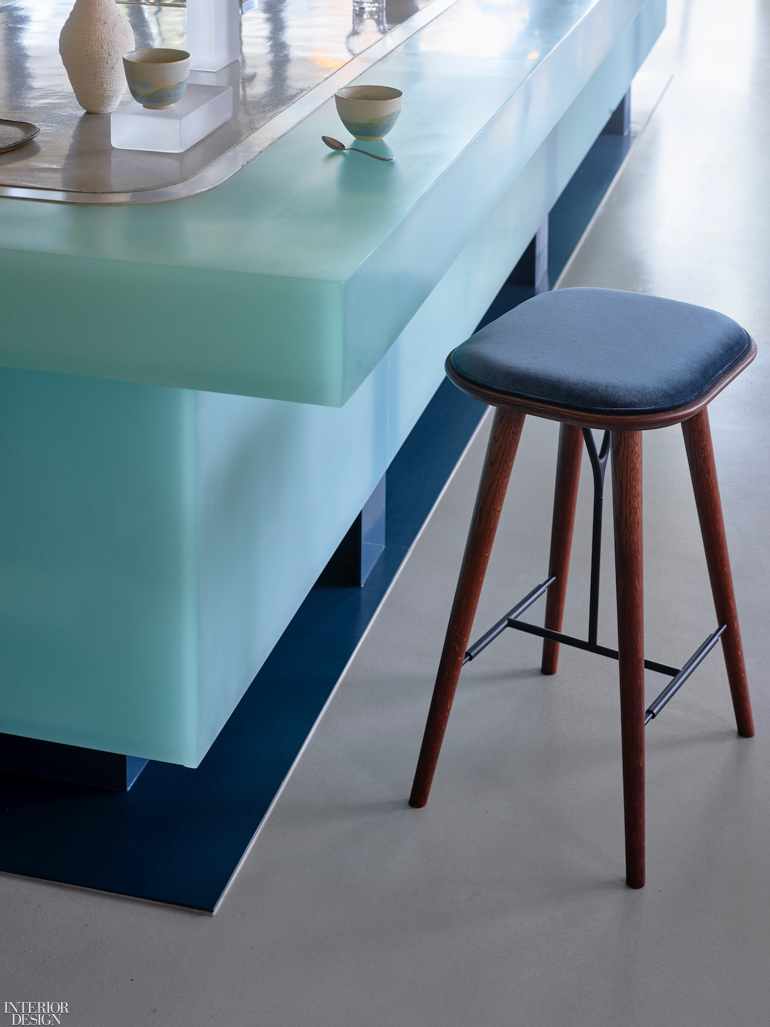
ID: What’s upcoming for you?
JB: Various homes in Sydney’s eastern suburb’s are currently under construction. They are quite broad alterations and additions of existing houses, but all different in approach—from the very contemporary to the traditional.
ID: How do you see the residential or hospitality market changing over the next decade or so?
JB: Accountability around the materials we use and the impact these materials have on our environment will ramp up radically. I don’t think it cannot. We can no longer design without acknowledgement of the past short-term ideology and the mess that created. We’ve been able to avoid it for a really long time, but we’re now at that tipping point where things are going to really start changing. People are going to see sustainability, recyclability, and ecological consciousness not just as lip service, and a thing you say about your projects, but as a thing we actually do.

ID: Where do you get your inspiration?
JB: Much of it comes from cultural reference points – whether they are art, essays, cultural events, or philosophies of people in communities.
For example, there was a piece of art that was a contemporary play on an old marble bust, with cast gold across the bust’s face, leaking down. We used this bust as a reference point when we were rebuilding the brand principles of a coffee brand, Vittoria Coffee.
The big challenge with Vittoria was that it’s a high quality brand, but was known for being served mostly from grocery stores. So despite the high quality, you couldn’t get past this sense that it was a big retail chain coffee brand. The bust became a metaphor for repositioning the coffee seller’s brand story, rebuilding the brand perception. You have an old art form – a stone bust which is nice but not all that fascinating – and then you re-appropriate it with some sort of overlay.

ID: In what kind of home do you live?
JB: I live with my partner, four sons, and our little dog in Sydney’s Bondi Junction district. Our home is full of light, with Carrara marble or pine on everything. While still quirky and personal, it’s also a very effective machine for our very busy family. Within the dining area there’s a leather banquette I designed as a conversation pit. It has become stained by life and covered by the markings of a young family. That’s where we eat, talk, and sometimes sleep.
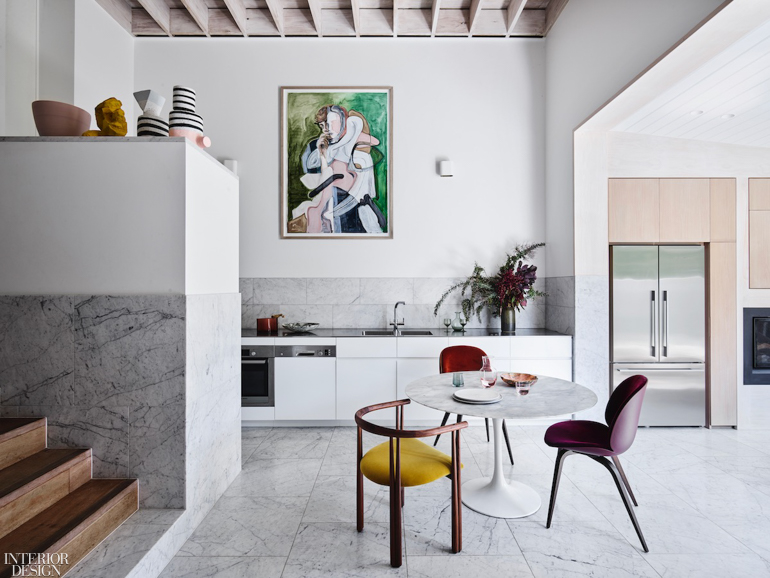
ID: How do you think your childhood influenced your design thinking?
JB: My interior space has always been where I spend most of my time, I’m generally quite quiet and not naturally very social. As a child, I would be really happy just to find a corner room, and lie there on my stomach for hours. With pens and paper, I would make up these fantastical different worlds and universes and the characters within them.
Even now, that’s the place where I’m really at home and feel easy. Most of my work today is done with pen—I’ve got a whole bunch of different black fountain pens from the German company LAMY. I’m kind of incompetent on the computer and have an assistant who does most of what I need to do there.
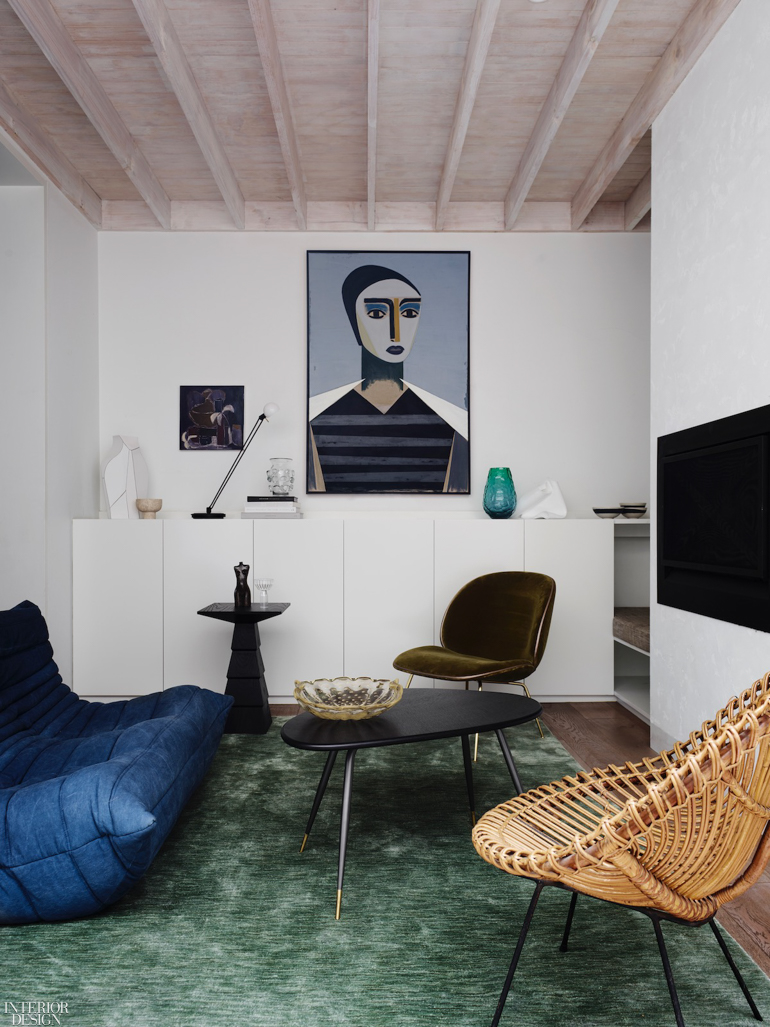
ID: What are you reading?
JB: “The Elephant in the Brain: Hidden Motives in Everyday Life” by Kevin Simler and Robin Hanson. Last week, “The Talent Code: Greatness Isn’t Born. It’s Grown. Here’s How.” by Daniel Coyle. I love phenomenology, and I also like trying to codify problems.

ID: Do you have a secret you can share?
JB: Breakfast at Porch and Parlour in Bondi Beach. I’m there every Sunday at 7 a.m. with three of my boys before Nippers—that’s a surf awareness course common for kids to take in Australia. We eat pastries and talk soccer with Lubo, who is one of the waiters and a former professional Australian player.

